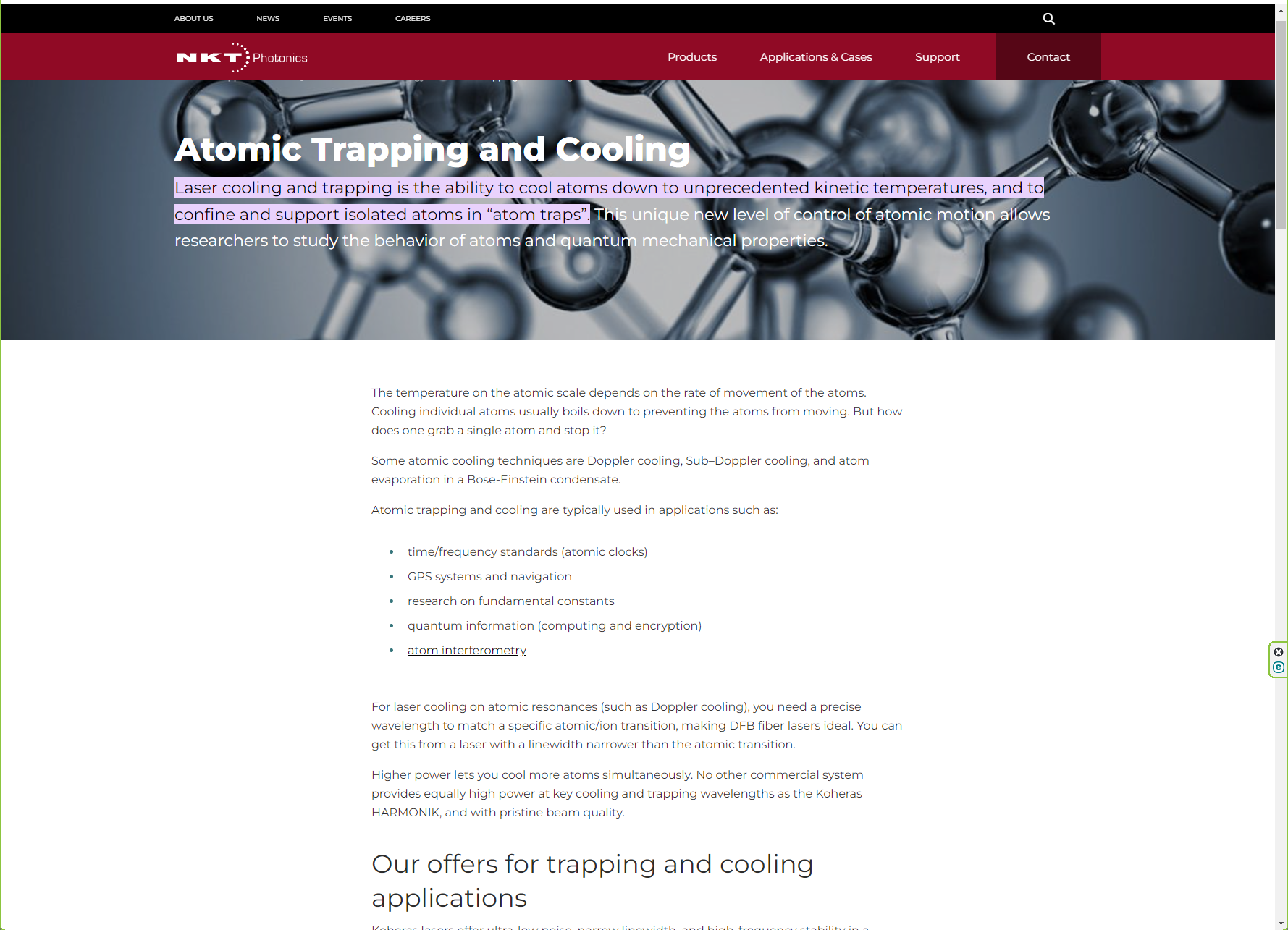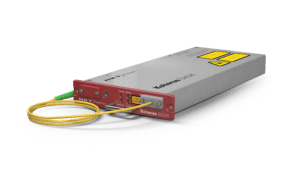Atomic trapping and cooling is the ability to cool atoms down to unprecedented kinetic temperatures, and to confine and support isolated atoms in “atom traps”. This unique new level of control of atomic motion allows researchers to study the behavior of atoms and quantum mechanical properties.
Introduction to Atomic Trapping and Cooling Techniques
Atomic trapping and cooling techniques are pivotal in the field of quantum mechanics and have a multitude of applications ranging from timekeeping to quantum computing. Techniques such as Doppler cooling, Sub-Doppler techniques, and atom evaporation in a Bose-Einstein condensate are fundamental in manipulating the atomic and subatomic particles.
Doppler cooling involves the use of laser light to reduce the motion of atoms, effectively cooling them. When an atom absorbs and then emits photons from a laser, the momentum transfer results in a net cooling effect. However, this technique has a limit, known as the Doppler limit, which is defined by the natural linewidth of the atomic transition. When this limit is reached, Sub-Doppler techniques are employed. These methods, which include techniques like optical molasses and the magneto-optical trap, can cool the atoms to even lower temperatures.
Further cooling can be achieved through atom evaporation in a Bose-Einstein condensate. In this state, atoms are cooled to near absolute zero, causing them to occupy the same space and quantum state, behaving more like waves than particles. This state of matter opens up new avenues in quantum research, as the atoms can be controlled with incredible precision.
Applications of Atomic Trapping and Cooling
These advanced cooling and trapping techniques have led to significant developments in various high-tech applications. Atomic clocks, which are the most precise timekeeping devices, rely on these techniques to measure time with remarkable accuracy. This precision translates into better GPS systems and navigation technologies. In scientific research, these techniques allow for the exploration of fundamental constants and quantum phenomena, contributing to our understanding of the universe at its most basic level.
Furthermore, in the realm of quantum information, such as computing and encryption, the control and manipulation of atoms are fundamental. Quantum computers, for instance, leverage the principles of quantum mechanics to process information at speeds unattainable by traditional computers. In quantum encryption, the principles of quantum mechanics are used to create secure communication channels that are theoretically immune to eavesdropping.
Atom interferometry, another application, uses the wave-like nature of atoms to make extremely precise measurements. This has potential applications in the detection of natural resources, like oil and gas, through gravitational mapping.
Resonant Laser Cooling and DFB Fiber Lasers
For these applications, particularly in resonant laser cooling, the precision of the laser is paramount. The laser must have a wavelength that matches a specific atomic or ionic transition. DFB (Distributed Feedback) fiber lasers are often the ideal choice for these applications due to their ability to produce laser light with a very narrow linewidth, often narrower than the atomic transition itself. This precision allows for effective and efficient cooling and trapping of atoms, making DFB fiber lasers a crucial component in the field of atomic physics and its myriad applications.
Read more
Want to read more about atomic trapping and cooling with a koheras laser, please continue on the NKT Photonics website by clicking the picture below:
Thank you for reading
#laser #NKT #atom #trapping #cooling #koheras


